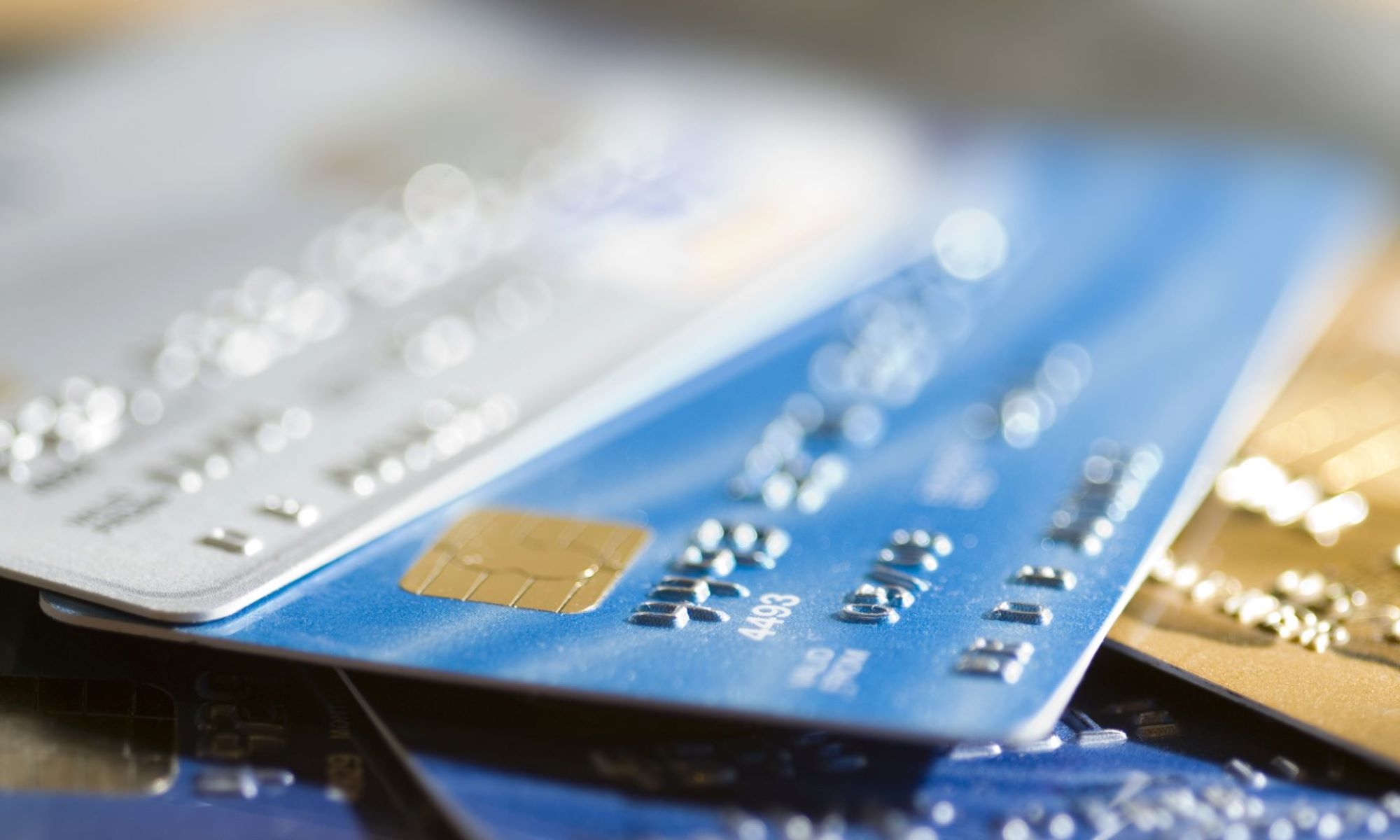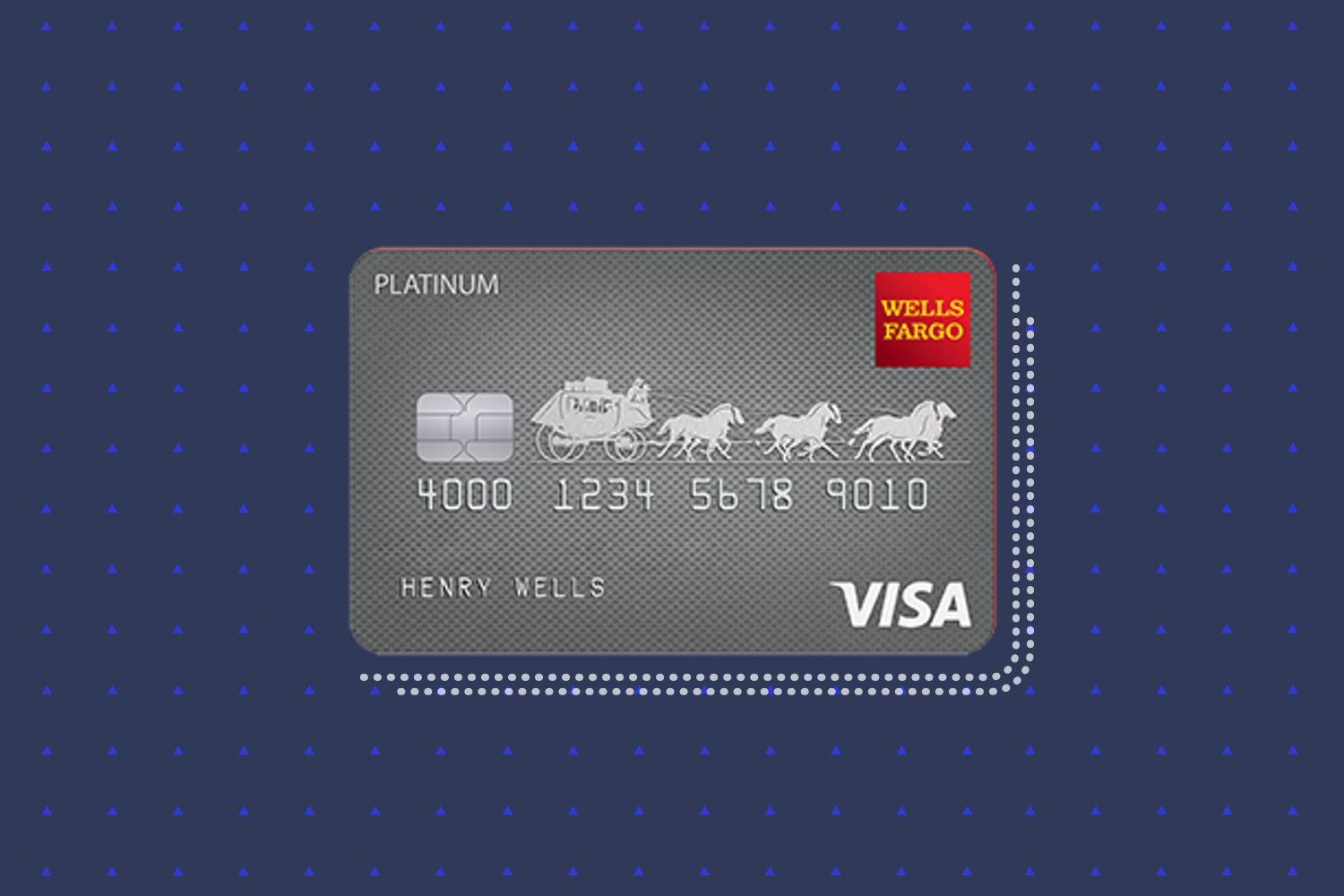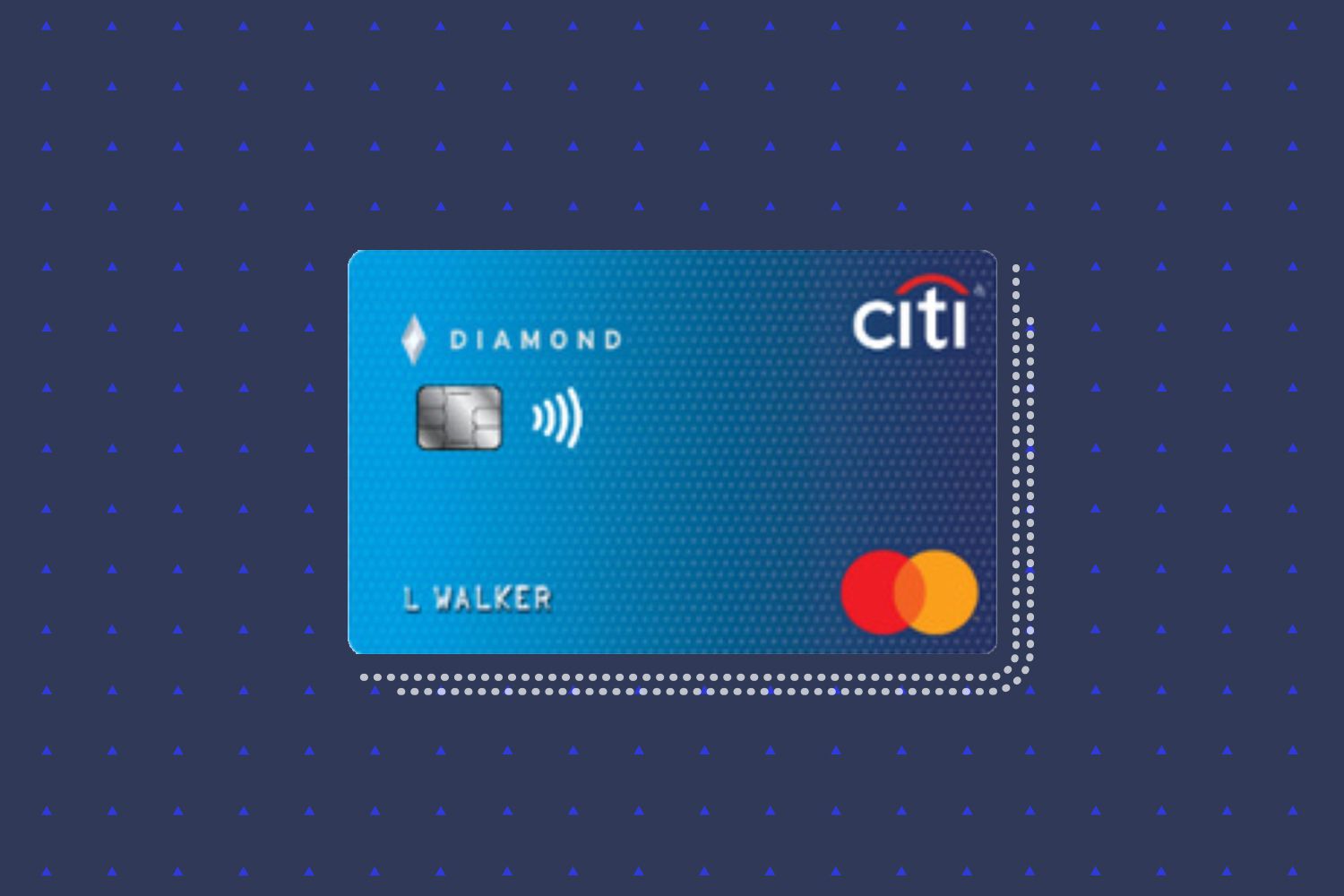Home>Finance>When Do I Get My Security Deposit Back Credit Card


Finance
When Do I Get My Security Deposit Back Credit Card
Modified: March 1, 2024
Looking to get your security deposit back on your credit card? Learn about the finance options and timing for receiving your refund.
(Many of the links in this article redirect to a specific reviewed product. Your purchase of these products through affiliate links helps to generate commission for LiveWell, at no extra cost. Learn more)
Table of Contents
- Introduction
- Understanding Security Deposits
- How Credit Cards Can Be Used as Security Deposits
- Conditions for Obtaining a Security Deposit Credit Card
- Applying for and Receiving a Security Deposit Credit Card
- Using the Security Deposit Credit Card
- Benefits and Drawbacks of Security Deposit Credit Cards
- How to Get Your Security Deposit Back from a Credit Card
- Tips for Maximizing Your Chances of Getting Your Security Deposit Back
- Conclusion
Introduction
Security deposits are a common aspect of many financial transactions, serving as a form of protection for both parties involved. Whether you’re renting an apartment, leasing a car, or signing up for a utility service, it’s likely that you’ve encountered the requirement of providing a security deposit. While traditionally these deposits were made in cash or through a separate bank account, credit cards have emerged as a convenient and efficient way to fulfill this obligation.
In this article, we will explore the concept of security deposits and delve into how credit cards can be used as a means to satisfy these requirements. We will discuss the conditions for obtaining a security deposit credit card, the process of applying for and receiving one, as well as the benefits and drawbacks of using such a card. Furthermore, we will provide valuable insights into how you can navigate the system and ensure the return of your security deposit once it’s no longer needed.
Whether you’re a tenant looking to secure your next apartment, a first-time credit card user seeking to establish credit history, or simply curious about how security deposit credit cards work, this article aims to provide you with a comprehensive understanding of the topic.
So, let’s dive in and explore the fascinating world of security deposit credit cards!
Understanding Security Deposits
Before we explore the concept of security deposit credit cards, it’s essential to have a clear understanding of what security deposits are and why they are required.
A security deposit is a sum of money paid upfront by a tenant or customer to a landlord, service provider, or seller. Its purpose is to provide financial protection against any potential damages, unpaid bills, or breaches of contract that may occur during the course of the agreement.
For example, when renting an apartment, the landlord may require the tenant to pay a security deposit that will be held in a separate account. This deposit serves as an assurance that the tenant will comply with the terms of the lease agreement, pay their rent, and leave the apartment in a satisfactory condition upon moving out.
The amount of a security deposit can vary depending on the specific circumstances and local regulations. It is typically equivalent to one to three months’ worth of rent or a predetermined percentage of the total purchase price.
It’s important to note that security deposits are separate from rent or service fees and are held by the landlord or service provider, often in an escrow account, until the end of the agreement or contract. The deposit should be returned to the tenant or customer once the agreed-upon terms have been fulfilled and any outstanding charges or damages have been deducted.
Now that we have a solid understanding of security deposits, let’s explore how credit cards can be utilized to fulfill this requirement.
How Credit Cards Can Be Used as Security Deposits
Credit cards have become a popular alternative to cash or separate bank accounts when it comes to fulfilling security deposit requirements. Many landlords, rental agencies, and service providers now accept credit cards as a convenient and efficient way to hold funds as security.
When using a credit card as a security deposit, the cardholder authorizes the landlord or service provider to place a hold or “block” a certain amount on their credit card. This temporarily reduces the available credit limit on the card by the blocked amount until the hold is released.
The blocked amount serves as security against any potential damages, unpaid bills, or breaches of the agreement. If the tenant or customer fails to meet their obligations, the landlord or service provider can use the blocked funds to cover their losses.
It’s important to note that the amount blocked on the credit card is not actually charged to the cardholder unless the agreed-upon terms are not fulfilled. In that case, the funds may be used to cover the necessary expenses, and the rest may be returned to the cardholder.
This method offers benefits for both parties involved. For landlords and service providers, credit card security deposits provide a faster and more convenient way to access funds and ensure financial protection. It eliminates the need to collect and store physical cash or set up separate accounts.
For tenants and customers, using a credit card as a security deposit allows for more flexibility compared to tying up a significant amount of cash. It also provides an opportunity to earn rewards or cashback on their credit card transactions, depending on the card’s terms and conditions.
Now that we understand how credit cards can be used as security deposits, let’s explore the conditions for obtaining a security deposit credit card.
Conditions for Obtaining a Security Deposit Credit Card
Obtaining a security deposit credit card requires meeting certain conditions set by credit card issuers. While the specific criteria may vary from issuer to issuer, here are some common requirements:
- Minimum Credit Score: Credit card companies typically require applicants to have a minimum credit score. This ensures that the cardholder has a history of responsible credit management and reduces the risk for the issuer.
- Proof of Income: Applicants may be required to provide proof of their income to demonstrate their ability to make timely payments on the credit card. This can be in the form of pay stubs, tax returns, or bank statements.
- Security Deposit: As the name suggests, a security deposit credit card requires the applicant to provide a cash deposit as collateral. The amount of the deposit is often equal to the credit limit on the card. This deposit acts as security for the issuer against any potential default or inability to repay the credit card debt.
- Valid Identification: Applicants must provide valid identification documents, such as a driver’s license or passport, to verify their identity.
It’s important to note that while a security deposit credit card provides an opportunity for individuals with limited or poor credit history to build or rebuild their credit, it is not entirely risk-free. Failure to make payments or defaulting on the credit card can result in the issuer using the security deposit to cover the outstanding balance.
Once the applicant meets the necessary conditions and is approved for a security deposit credit card, they can enjoy the benefits and convenience of having a credit card while gradually building or improving their credit history.
Now that we’ve explored the conditions for obtaining a security deposit credit card, let’s move on to the process of applying for and receiving one.
Applying for and Receiving a Security Deposit Credit Card
Applying for a security deposit credit card is a relatively straightforward process. Here are the general steps involved:
- Research and Compare: Start by researching and comparing different credit card issuers that offer security deposit credit cards. Look for ones that align with your credit score, financial goals, and terms that suit your needs.
- Submit an Application: Once you’ve identified a suitable credit card, visit the issuer’s website or contact their customer service to initiate the application process. Fill out the necessary forms, providing accurate and up-to-date information.
- Provide Documentation: Prepare and submit the required documentation along with your application. This may include proof of income, identification documents, and any other requested information.
- Pay the Security Deposit: If your application is accepted, you will be required to pay the security deposit. This can typically be done online or by mail, using a bank transfer, money order, or certified check.
- Receive and Activate the Card: Once the security deposit is received and processed by the credit card issuer, you will be issued your security deposit credit card. Activate the card as per the instructions provided.
It’s important to note that the time it takes to receive the security deposit credit card can vary depending on the issuer’s processing times and any additional verification required. Some issuers may offer expedited processing for an additional fee if you need the card urgently.
Upon receiving your security deposit credit card, make sure to review and understand the terms and conditions, interest rates, fees, and credit limit associated with the card. It’s recommended to use the credit card responsibly, making timely payments, and keeping your credit utilization low to build a positive credit history.
Now that you know how to apply for and receive a security deposit credit card, let’s move on to learn about using the card and its benefits and drawbacks.
Using the Security Deposit Credit Card
Once you have received your security deposit credit card and activated it, you can begin using it for various financial transactions, just like any other credit card. Here are some important points to keep in mind when using a security deposit credit card:
- Credit Limit: The credit limit on your security deposit credit card is typically equal to the amount of the security deposit you provided. It represents the maximum amount you can charge on the card.
- Responsible Credit Usage: Use the card responsibly by making purchases within your credit limit and paying your bills on time. This will help build a positive credit history and improve your credit score over time.
- Interest and Fees: Like any other credit card, a security deposit credit card may have an annual fee, interest charges on outstanding balances, and other fees associated with certain transactions or maintenance. Read the terms and conditions carefully to understand the costs involved.
- Rewards and Benefits: Some security deposit credit cards may offer rewards programs, cashback incentives, or other benefits. Take advantage of these perks to maximize the value you get from using the card.
- Regular Payments: Pay your credit card bills on time and in full whenever possible. This will help you avoid late payment fees and build a positive credit history.
- Monitoring Your Credit: Regularly monitor your credit card transactions and review your monthly statements to identify any potential unauthorized charges or errors. Report any discrepancies to the credit card issuer promptly.
Using a security deposit credit card responsibly can help you establish and improve your credit history, which can have long-term benefits for your financial future. It demonstrates to lenders and other credit issuers that you are a responsible borrower.
However, it’s essential to remember that using a security deposit credit card is not about spending beyond your means. It’s about utilizing the opportunity to build credit while practicing responsible financial habits.
Next, let’s explore the benefits and drawbacks of using a security deposit credit card.
Benefits and Drawbacks of Security Deposit Credit Cards
Security deposit credit cards offer several benefits, especially for individuals who are looking to build or rebuild their credit history. However, they also come with certain drawbacks. Let’s explore both the benefits and drawbacks of using a security deposit credit card:
Benefits:
- Credit Building: One of the significant benefits of a security deposit credit card is the opportunity to establish or improve your credit history. By making timely payments and keeping your credit utilization low, you can demonstrate responsible credit management to potential lenders.
- Flexible Security Deposit: Unlike traditional security deposits, which require cash upfront, a security deposit credit card allows you to use a credit line. This frees up your cash for other expenses and provides additional flexibility.
- Easier Approval: Security deposit credit cards are often available to individuals with limited or poor credit history. Approval for these cards is generally more accessible than for traditional credit cards, making them a viable option for those looking to start their credit journey or rebuild their credit.
- Possible Rewards: Some security deposit credit cards offer rewards programs, cashback incentives, or other benefits. This allows you to earn rewards while building credit, providing additional value for your everyday purchases.
Drawbacks:
- Security Deposit Requirement: The primary drawback of a security deposit credit card is the upfront cash deposit required. This amount ties up your funds, limiting your immediate access to that money until you close the credit card account or improve your credit score to qualify for an unsecured credit card.
- Potential Fees: Security deposit credit cards may come with annual fees, interest charges on outstanding balances, or other fees. Carefully review the terms and conditions to understand the costs associated with using the card.
- Credit Limit Constraints: The credit limit on a security deposit credit card is often limited to the amount of the security deposit. This may restrict your purchasing power and require you to manage your expenses within a smaller credit limit.
- Less Competitive Terms: Compared to unsecured credit cards, security deposit credit cards may have higher interest rates and less favorable terms. However, responsible credit management and building a positive credit history can lead to upgraded offers in the future.
It’s important to carefully weigh the benefits and drawbacks of using a security deposit credit card before applying for or using one. Consider your financial situation and goals to determine if a security deposit card aligns with your needs.
Next, let’s explore how to get your security deposit back from a credit card once it is no longer required.
How to Get Your Security Deposit Back from a Credit Card
Getting your security deposit back from a credit card is a relatively straightforward process, provided you meet the necessary requirements and fulfill the agreed-upon terms. Here are the typical steps involved:
- Meet the Obligations: Ensure that you have met all the terms and conditions associated with your security deposit credit card. This includes making timely payments, avoiding defaults, and adhering to the credit card issuer’s guidelines.
- Contact the Credit Card Issuer: Once you believe you have fulfilled your obligations, contact the credit card issuer to initiate the process of getting your security deposit back. This can typically be done through their customer service hotline or by visiting their website.
- Provide Necessary Documentation: The credit card issuer may require you to provide documentation to verify that you have met the requirements for the return of your security deposit. This may include copies of payment receipts, a statement of account, or any other supporting documents.
- Wait for Processing: After submitting the required documentation, you will need to wait for the credit card issuer to process your request. The time it takes to receive your security deposit may vary, so be patient during this period.
- Receive Your Security Deposit: Once your request is processed and approved, the credit card issuer will return your security deposit. This can be done in various ways, such as a refund to your credit card account, a check, or a direct bank transfer.
It’s important to note that some credit card issuers may automatically return your security deposit once the account is closed, while others may require you to take the initiative and request it separately.
Additionally, it’s crucial to ensure that your credit card account is in good standing before requesting the return of your security deposit. This means that you have paid off any outstanding balances, fees, or charges associated with the credit card.
By following these steps and fulfilling the necessary requirements, you should be able to get your security deposit back from your credit card once it is no longer needed.
Next, let’s explore some tips for maximizing your chances of getting your security deposit back.
Tips for Maximizing Your Chances of Getting Your Security Deposit Back
When it comes to securing the return of your security deposit from a credit card, following these tips can help maximize your chances:
- Read and Understand the Terms: Familiarize yourself with the terms and conditions of your security deposit credit card. Understanding the rules and requirements can help you avoid any potential pitfalls or misunderstandings.
- Make Timely Payments: Pay your credit card bills on time and in full to demonstrate responsible credit card usage. Late payments or defaults can jeopardize your chances of getting your security deposit back.
- Track Your Spending: Keep track of your credit card spending and stay within your credit limit. Exceeding your limit can result in penalties and may impact your security deposit return.
- Maintain a Good Credit History: Building and maintaining a positive credit history can enhance your standing with the credit card issuer. Make sure to manage your credit responsibly, as it reflects your ability to handle financial obligations.
- Communicate with the Credit Card Issuer: If you encounter any issues or have questions about your security deposit or credit card account, reach out to the credit card issuer promptly. Clear communication can help resolve any concerns and ensure a smooth process.
- Keep Copies of Documentation: Maintain copies of all relevant documentation, including statements, receipts, and communication with the credit card issuer. These records can serve as evidence should any disputes arise regarding your security deposit return.
- Close the Account Properly: When you no longer require the credit card, follow the proper procedure to close the account. This ensures that your security deposit is eligible for return and avoids any unnecessary charges or fees.
- Follow Up if Necessary: If you have submitted your request for the return of your security deposit but do not receive it within a reasonable time frame, follow up with the credit card issuer to inquire about the status. Persistence may be necessary to ensure a timely resolution.
By being proactive and attentive throughout the process, you can maximize your chances of getting your security deposit back from your credit card. Remember, responsible credit card usage and adherence to the terms and conditions are key factors in securing the return of your deposit.
Now, let’s summarize everything we have discussed in this article.
Conclusion
Security deposit credit cards provide a convenient and accessible way for individuals to fulfill security deposit requirements while also building or rebuilding their credit history. Understanding how these credit cards work and the conditions for obtaining them is essential for making informed financial decisions.
In this article, we explored the concept of security deposits and how credit cards can be used as a means to meet these requirements. We discussed the conditions for obtaining a security deposit credit card, the application process, and the benefits and drawbacks of using such a card.
We also provided insights on how to get your security deposit back from a credit card and tips for maximizing your chances of a successful return. By following these recommendations, you can navigate the process more effectively and ensure a smooth experience.
Remember, responsible credit card usage, timely payments, and adherence to the terms and conditions are key factors in securing the return of your security deposit. By using a security deposit credit card wisely, you have the opportunity to establish or improve your credit history, potentially unlocking better financial opportunities in the future.
Whether you’re a tenant searching for a new apartment, a young adult building credit for the first time, or someone looking to rebuild their credit, security deposit credit cards can be a valuable tool. Remember to research and compare different options, apply responsibly, and manage your credit wisely.
Now that you have a comprehensive understanding of security deposit credit cards, you are well-equipped to make informed decisions and navigate the world of credit with confidence.














